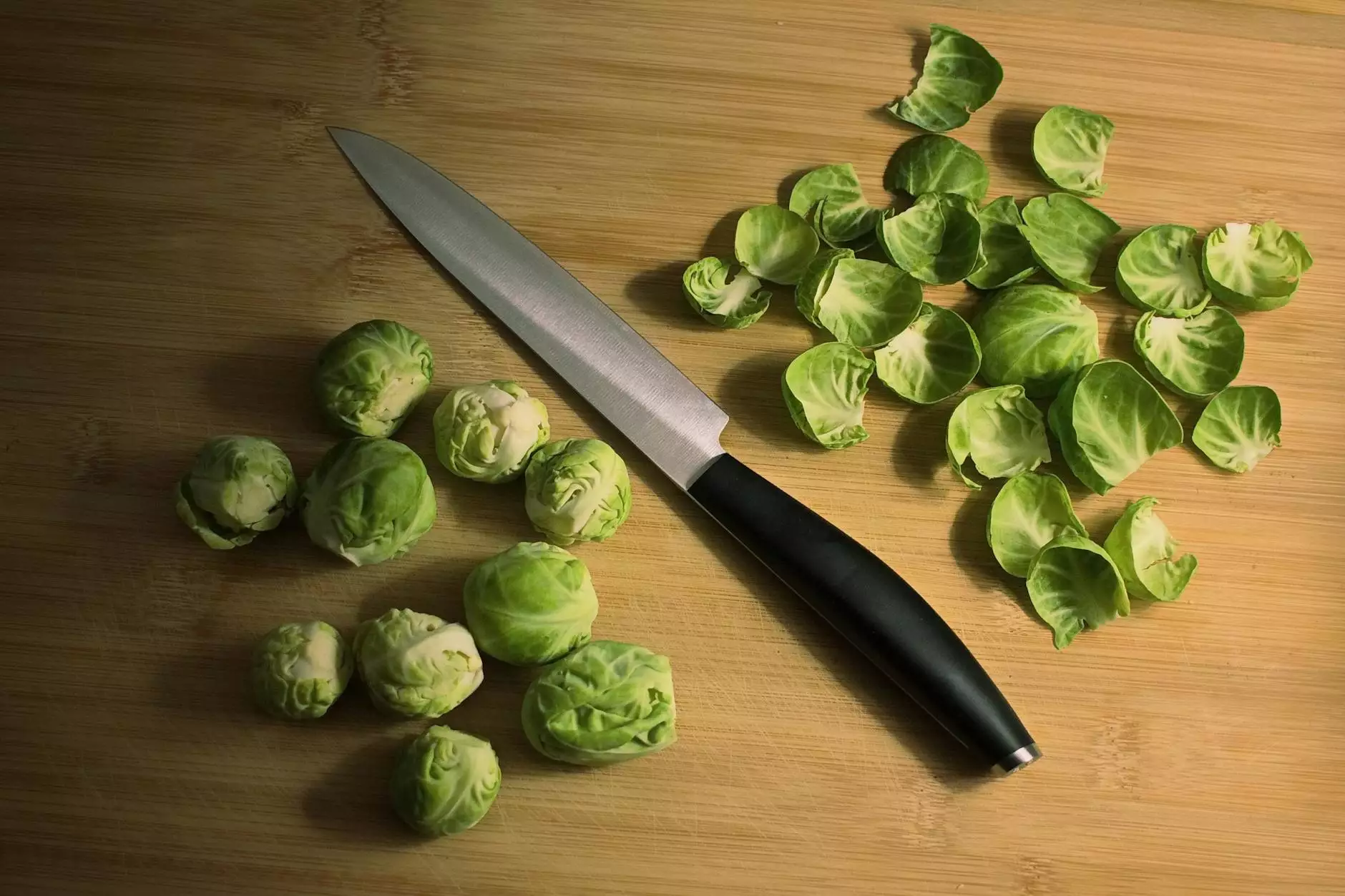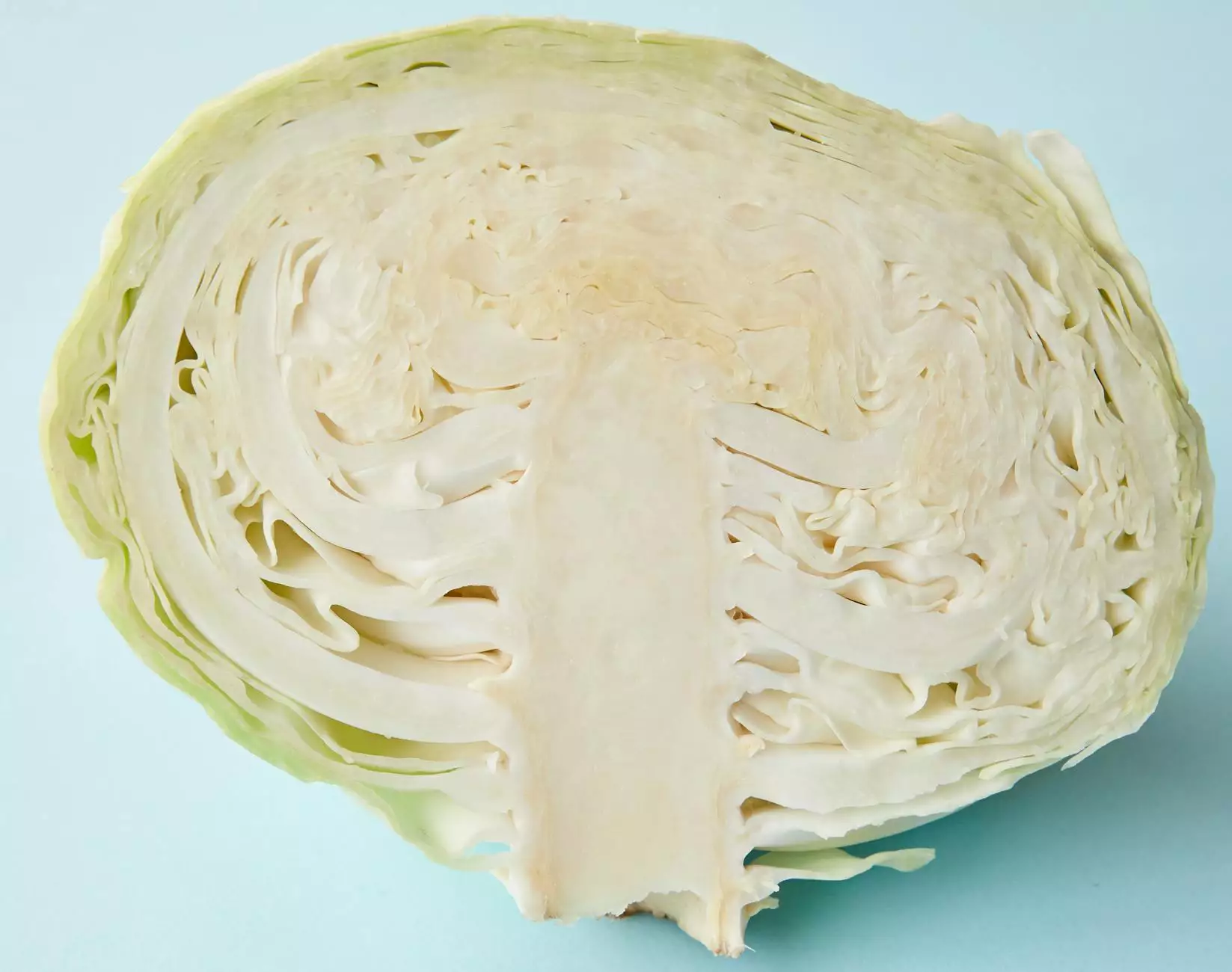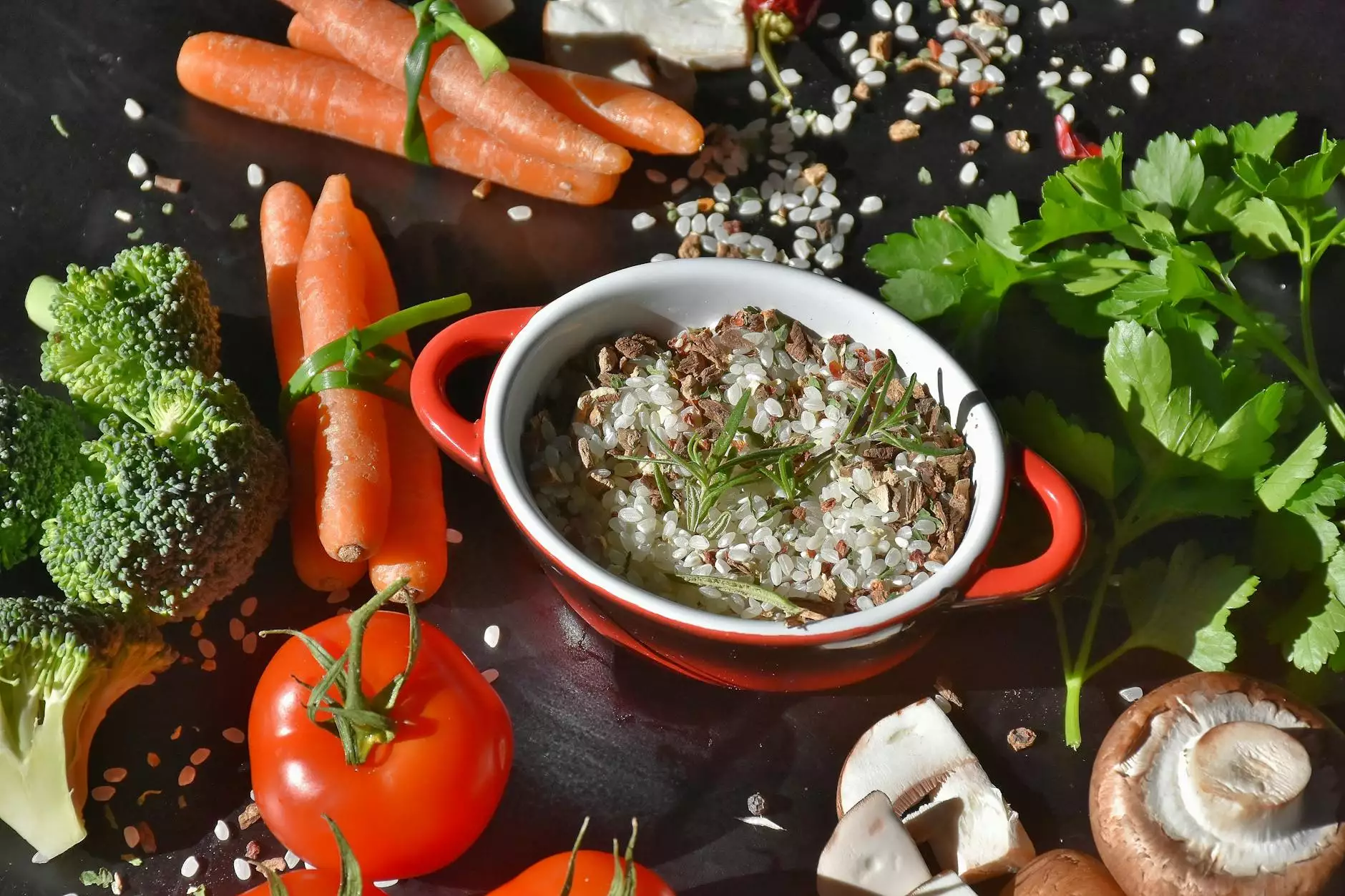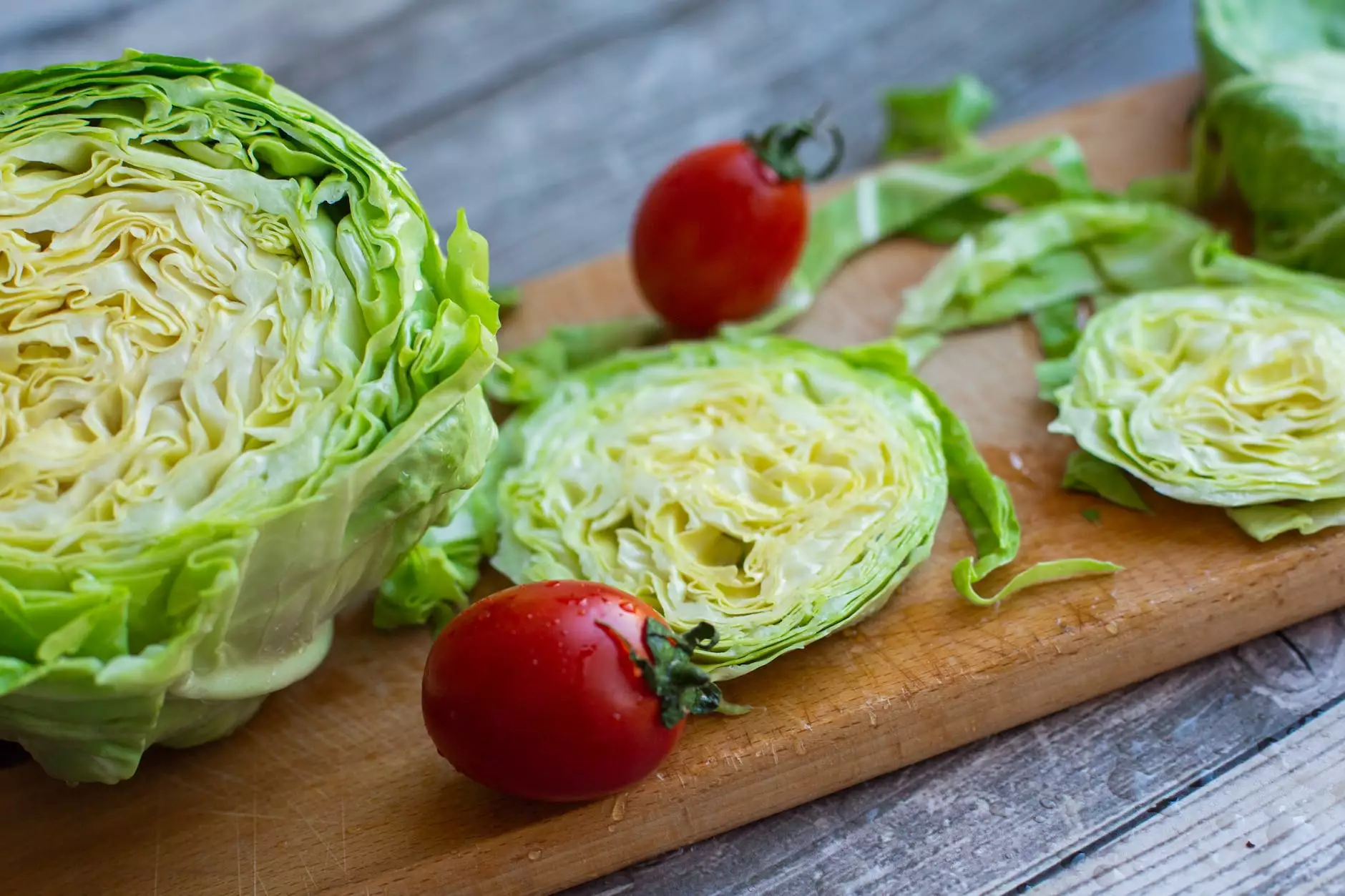Steaming vs Boiling Vegetables: Which is Better?
Blog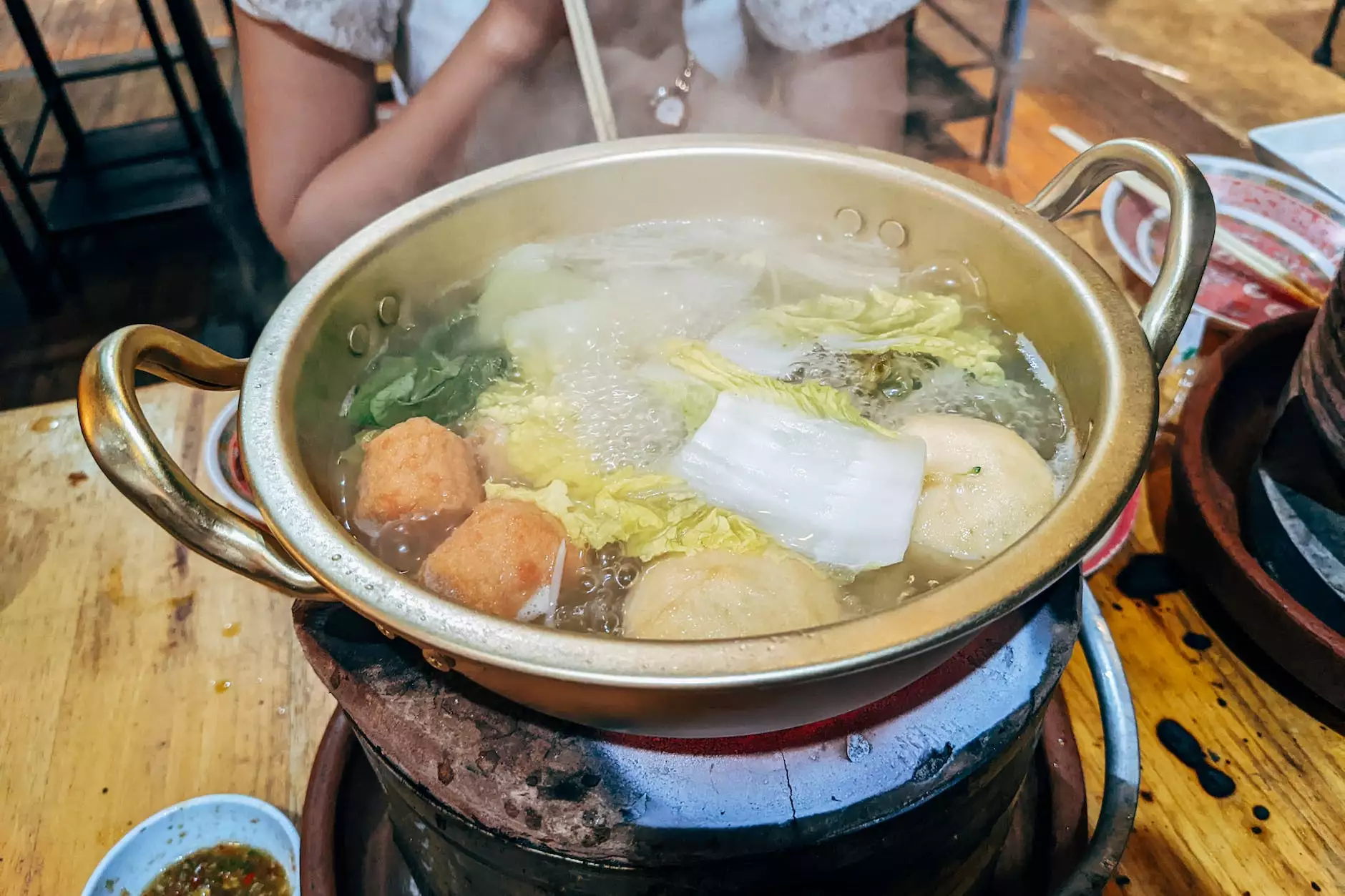
Welcome to Pollen Bank, your trusted source for eCommerce & Shopping - Food & Supplements. In this article, we will dive deep into the age-old debate of steaming versus boiling vegetables. As a health-conscious individual, you may wonder which cooking method preserves the most nutrients and enhances the flavor of vegetables. Join us as we explore the benefits and drawbacks of each method, providing you with the information you need to make an informed decision about your vegetable cooking practices.
The Nutritional Benefits of Steaming Vegetables
Steaming vegetables involves cooking them using the steam generated by boiling water. This gentle cooking method has long been praised for its ability to retain the essential nutrients found in vegetables. Unlike boiling, where nutrients can leach into the cooking water, steaming helps to preserve vitamins, minerals, and antioxidants that contribute to overall health and wellbeing.
One of the key advantages of steaming vegetables is the minimal loss of water-soluble vitamins such as Vitamin C and B vitamins. These nutrients can be particularly vulnerable to degradation when exposed to high heat and prolonged cooking times. By steaming, you can ensure that the vital nutrients stay locked in your vegetables.
Furthermore, steaming helps to maintain the vibrant colors of vegetables, which not only adds visual appeal to your dishes but also indicates the presence of powerful phytochemicals. Phytochemicals are compounds that have been associated with numerous health benefits, including reducing the risk of chronic diseases. By steaming your vegetables, you can retain these important phytochemicals and maximize their potential health benefits.
Exploring the Advantages of Boiling Vegetables
While steaming is often praised for its ability to maintain nutrient content, boiling vegetables has its own set of advantages. The most notable advantage is the convenience and simplicity of the method. Boiling vegetables requires minimal preparation, making it a preferred choice for many busy individuals.
Boiling can also soften vegetables more quickly than steaming, which can be beneficial for certain recipes that call for tender vegetables. However, it's important to note that the longer the boiling time, the more nutrients may be lost into the cooking water.
Another advantage of boiling is the flavor transformation it can bring to vegetables. Some vegetables, such as potatoes, benefit from boiling as it enhances their taste and texture. Additionally, boiling can help remove any bitterness or strong flavors from certain vegetables, making them more palatable.
Choosing the Best Method for Your Vegetables
Ultimately, the choice between steaming and boiling vegetables depends on various factors, including personal preferences, desired texture, and the specific vegetable being cooked. In some cases, a combination of both methods may yield the best results.
To maximize the nutritional value of your vegetables, consider the following tips:
- When steaming, use a steamer basket or a microwave-safe dish with a small amount of water. Avoid overcooking to ensure vitamins and minerals are preserved.
- When boiling, use the minimum amount of water necessary to cover the vegetables and avoid excessive boiling times for nutrient retention.
- Consider incorporating both methods into your cooking routine to enjoy the benefits of each.
At Pollen Bank, we believe that food can be both nutritious and delicious. Experiment with different cooking methods to find the one that suits your taste preferences while preserving the vital nutrients your body needs. Happy cooking!

